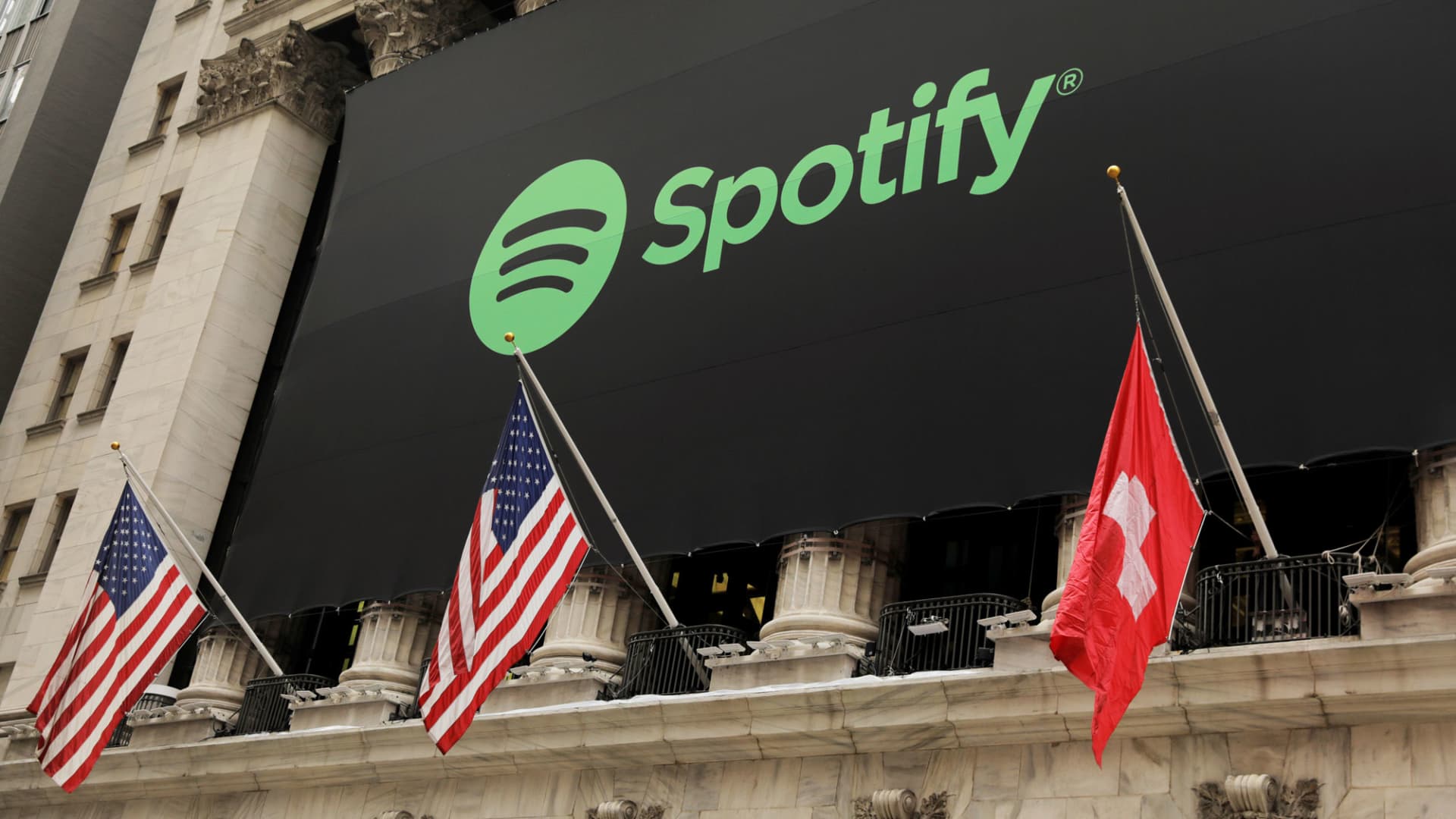Coming off a week that was packed with corporate earnings and economic updates, it is still difficult to determine whether a recession can be avoided this year.
Investing in such a stressful environment can be tricky. To help with the process, here are five stocks chosen by Wall Street’s top analysts, according to TipRanks, a platform that ranks analysts based on their past performances.
related investing news
Apple
Ahead of Apple’s (AAPL) December quarter results, due out on Feb. 2, investors are fairly aware of the challenges that the company faced during the period. From production disruptions in the iPhone manufacturing facility at Zhengzhou in China to higher costs, Apple’s first quarter of fiscal 2023 has endured all. Needless to say, the company expects a quarter-over-quarter growth deceleration.
Nonetheless, Monness Crespi Hardt analyst Brian White expects the results to be in line with, or marginally above, Street expectations. The analyst believes gains in Services, iPad and Wearables, Home & Accessories revenue could be a saving grace.
Looking ahead, White sees pent-up demand for iPhones come into play in the forthcoming quarters, once Apple overcomes the production snags. (See Apple Stock Investors’ sentiments on TipRanks)
The analyst feels that the expensive valuation of approximately 27 times his calendar 2023 earnings estimate for Apple is justified.
“This P/E target is above Apple’s historical average in recent years; however, we believe the successful creation of a strong services business has provided the market with more confidence in the company’s long-term business model,” said White, reiterating a buy rating and $174 price target.
White holds the 67th position among almost 8,300 analysts followed on TipRanks. His ratings have been profitable 63% of the time and each rating has generated a 17.7% average return.
Spotify
Audio streaming subscription service Spotify (SPOT) is also among the recent favorites of Brian White.
“Spotify is riding a favorable long-term trend, enhancing its platform, tapping into a large digital ad market, and expanding its audio offerings,” said White, reiterating a buy rating and $115 price target.
The analyst does acknowledge some challenges that await Spotify this year but remains optimistic about its margin improvement plans and several favorable industry developments. While it may be tough to attract new premium subscribers, while facing continued pressure from a lower digital ad spending environment, Spotify should benefit from ad-supported monthly active users (MAUs) this year. (See Spotify Stock Chart on TipRanks)
White is particularly upbeat about the waning mobile app store monopolies, after the European Union passed the Digital Markets Act last year. The act will be imposed from May 2023. One of the benefits for Spotify will be the ability to promote its cheaper subscription offers. Now, it can make the offers available outside Apple’s iPhone app. (This had been a challenge, as Apple previously would allow it to only promote its subscriptions through iPhone app.)
CVS Health Corp.
CVS Health (CVS), which operates a large retail pharmacy chain, has been on Tigress Financial Partners analyst Ivan Feinseth‘s list in recent weeks. The analyst reiterated a buy rating and a $130 price target on the stock.
The company’s “consumer-centric integrated model” as well as its increasing focus on primary care should help make health care more affordable and accessible for customers, according to Feinseth. CVS bought primary health-care provider Caravan Health as part of this focus. Moreover, the impending acquisition of Signify Health “adds to its home health services and provider enablement capabilities.”
The analyst also believes that the ongoing expansion of CVS’s new store format, MinuteClinics and HealthHUBs, will increase customer engagement and thus, continue to be a key growth catalyst. (See CVS Health Blogger Opinions & Sentiment on TipRanks)
Feinseth is also confident that CVS’s merger with managed healthcare company Aetna back in 2018 created a health-care mammoth. Now, it is well positioned to capitalize on the changing dynamics of the health-care market, as consumers gain more control over their health-care service expenditures.
Feinseth’s convictions can be trusted, given his 208th position among nearly 8,300 analysts in the TipRanks database. Apart from this, his track record of 62% profitable ratings, with each rating delivering 11.8% average returns, is also worth considering.
Shake Shack
Fast food hamburger chain operator Shake Shack (SHAK) has been doing well both domestically and overseas on the back of its fast-casual business concept. BTIG analyst Peter Saleh has a unique take on the company.
“Shake Shack is the preeminent concept within the better burger category and the rare restaurant chain whose awareness and brand recognition exceed its actual size and sales base,” said Saleh, who reiterated a buy rating on the stock with a $60 price target. (See Shake Shack Hedge Fund Trading Activity on TipRanks)
On the downside, the analyst points out that the expansion of services outside New York has weakened Shake Shack’s margin profile by generating low returns per unit and exposing the company to greater sales volatility. However, margins seem to have bottomed, and the analyst expects profitability to gain momentum over the next 12-18 months. A combination of higher menu prices and deflation of commodity costs are expected to push restaurant margins up to mid-teen levels.
In its preliminary fourth-quarter results, management at Shake Shack mentioned that it plans to tighten its hands with general and administrative expenses this year, considering the macroeconomic uncertainty. This “should prove reassuring for investors given the heightened G&A growth (over 30%) of the past two years.”
Saleh has a success rate of 64% and each of his ratings has returned 11.7% on average. The analyst is also placed 431st among more than 8,000 analysts on TipRanks.
TD Synnex
Despite last year’s challenges, business process service provider TD Synnex (SNX) has benefited from a steady IT spending environment amid the consistently high digital transformation across industries. The company recently posted its fiscal fourth-quarter results last week, where earnings beat consensus estimates and the dividend was hiked.
Following the results, Barrington Research analyst Vincent Colicchio dug into the results and noted that rapid growth in advanced solutions and high-growth technologies were major positives. Even though the analyst reduced his fiscal 2023 earnings forecast due to an expected rise in interest expense, he remained bullish on SNX’s efforts to achieve cost synergies by the end of the current fiscal year. (See TD Synnex Dividend Date & History on TipRanks)
Looking forward, the analyst sees a largely upward trend in growth, albeit a few hiccups. “The key growth driver in the first half of fiscal 2023 should be advanced solutions and high-growth technologies and in the second half should be PCs and peripherals and high-growth technologies. We expect Hyve Solutions revenue growth to slow in fiscal 2023 and slightly rebound in fiscal 2024 versus fiscal 2022 growth,” observed Colicchio, reiterating a buy rating and raising the price target to $130 from $98 for the next 12 months.
Importantly, Colicchio ranks 297th among almost 8,300 analysts on TipRanks, with a success rate of 61%. Each of his ratings has delivered 13% returns on average.


